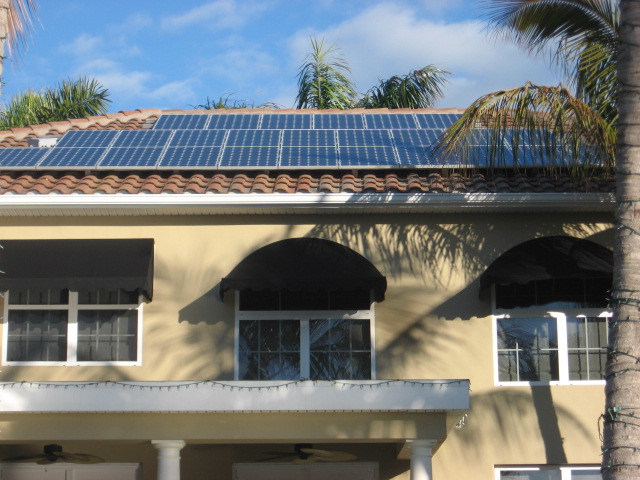
Did you know that enough solar energy is transmitted to the United States in 20 minutes to supply our energy needs for an entire year? Plus, this energy is free to use as long as you have a system in place to capture it.
Solar Energy and Solar Power
Solar heat works by absorbing the sun’s radiation and converting this to heat energy.
The concept of air movement, called natural convection, is an integral part of all successful solar heating installations. If a solar heating system works with natural convection, hot air rising and cold air falling, then the result in comfort level can exceed expectations.
Solar heating can be used to heat the space in your home or to heat the water in your plumbing system. There are many benefits to incorporating a solar heating system into your home’s design:
- Solar heat is environmentally friendly.
- Solar heat does not pollute or produce greenhouse gases.
- Solar heating helps conserve the earth’s energy resources.
- Solar heat is the best choice for people with allergy problems and chemical sensitivities.
- Solar heating is stable in price. Once you have bought it, you are protected from inflation and the political/economic surprises that come with other fuels.
There are two basic types of solar heating systems: passive solar heating and active solar heating.
Passive Solar Heating
A passive solar heating design does not actually include any sort of mechanical heating device. Rather, passive solar heating functions by incorporating building features that absorb heat and then release it slowly to maintain the temperature within the home. These building features, often referred to as thermal mass, may include large windows, stone flooring, and brick walls.
For passive solar energy to be utilized effectively there must also be a means for the heated air to circulate throughout the home. The natural circulation of air is usually enough as long as doors are left open throughout the home, however, sometimes fans are also incorporated into the design to facilitate this.
While these may sound like relatively simple measures, passive solar heating features can reduce heating bills by almost 50 percent. And, in many cases, especially if you’re working with a builder who is familiar with the processes of passive solar heating, building a passive solar home may cost the same as building a conventional home.
Ready to start your Solar Panels?
Find ProsActive Solar Heating
Active solar heating is similar to passive solar heating, but it is a much more involved process and generates much more heat than passive systems do. Active solar heating relies strongly on three components: a solar collector to absorb the solar energy, a solar storage system, and a heat transfer system to disperse the heat to the appropriate places in your home.
Active heating systems can be divided into two categories: air systems and liquid systems.
The differences in the heating systems are in the way the solar energy accumulates in the solar collector. Liquid systems use a liquid to collect the energy in the solar collector; whereas air systems absorb the energy through the air.
Since solar collectors are normally installed on the roof of the building being heated, it is best to place the hot air outlet in the ceiling to shorten the duct run. A system installed in this manner mixes the air in a building like a ceiling fan in addition to supplying solar heat.
The downside of an active solar system is that the initial installation costs are much higher, since in most cases you will also need to install a traditional heating system for the times when the solar heating can’t work—many cloudy days in a row, for example. Active solar heating systems can be expected to supply between 40 and 80 percent of your home’s heating, depending on the size of the system you have installed as well as the climate where you live. However, in the long term you will reap the benefits (and break even) through significant savings on utility bills.
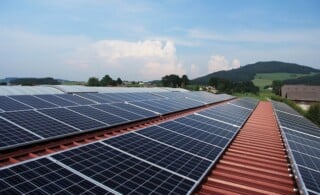 Going Green with Solar Panels in the Home
Going Green with Solar Panels in the Home 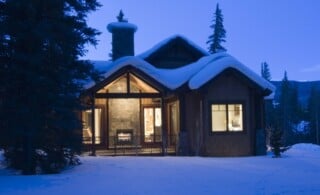 Cool Ways to Stay Warm: Winter Energy Saving Tips
Cool Ways to Stay Warm: Winter Energy Saving Tips 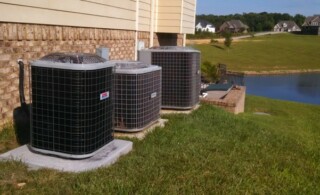 Environmental Heating and Cooling Ideas
Environmental Heating and Cooling Ideas 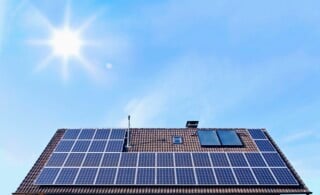 Tax Credits & Solar Shingles: Is It Finally Time to Swap to Solar Power?
Tax Credits & Solar Shingles: Is It Finally Time to Swap to Solar Power? 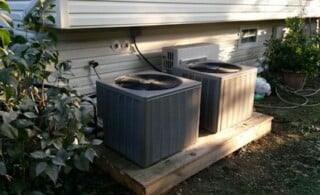 Green Air Conditioning
Green Air Conditioning 

Are You Familiar With This Topic? Share Your Experience.